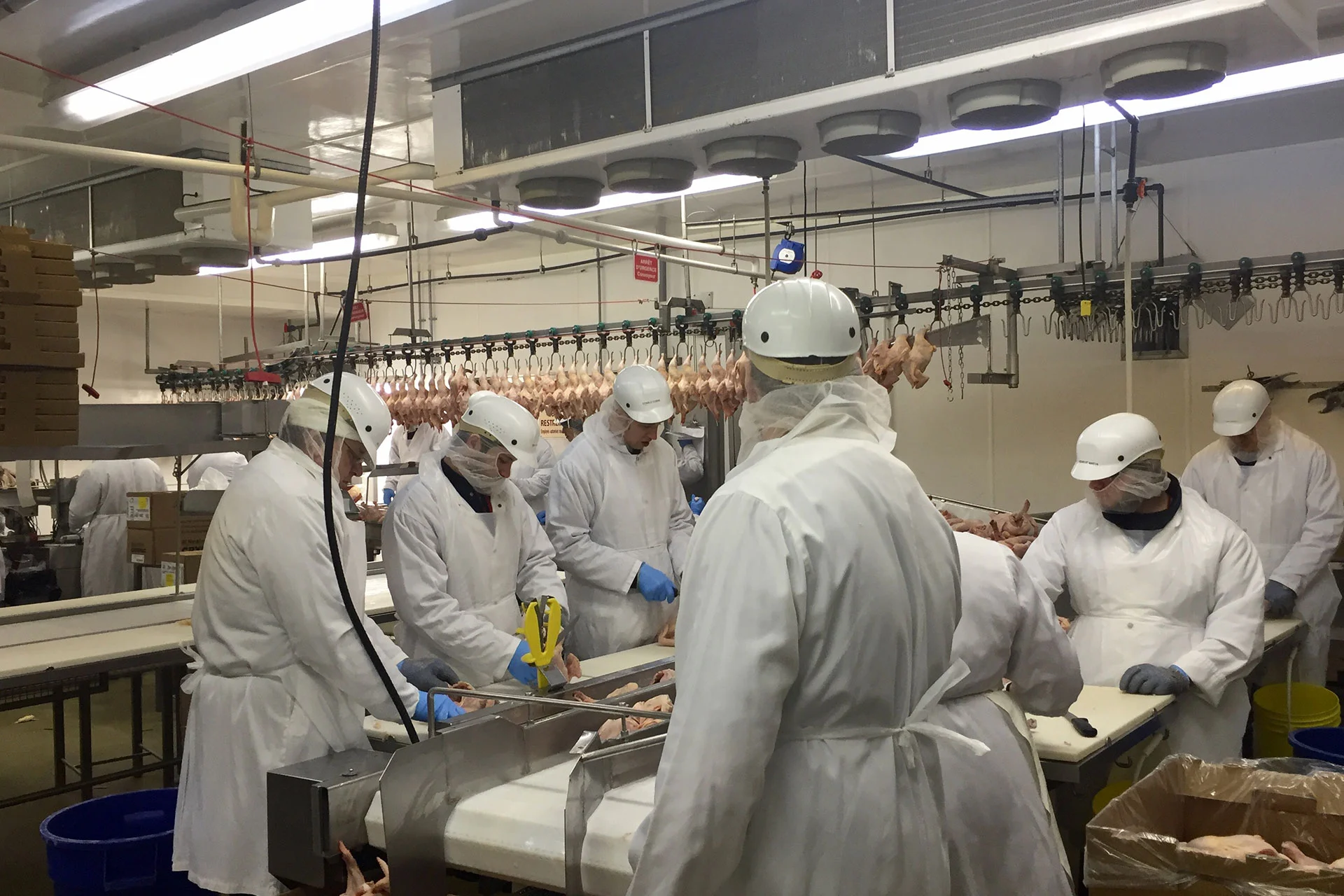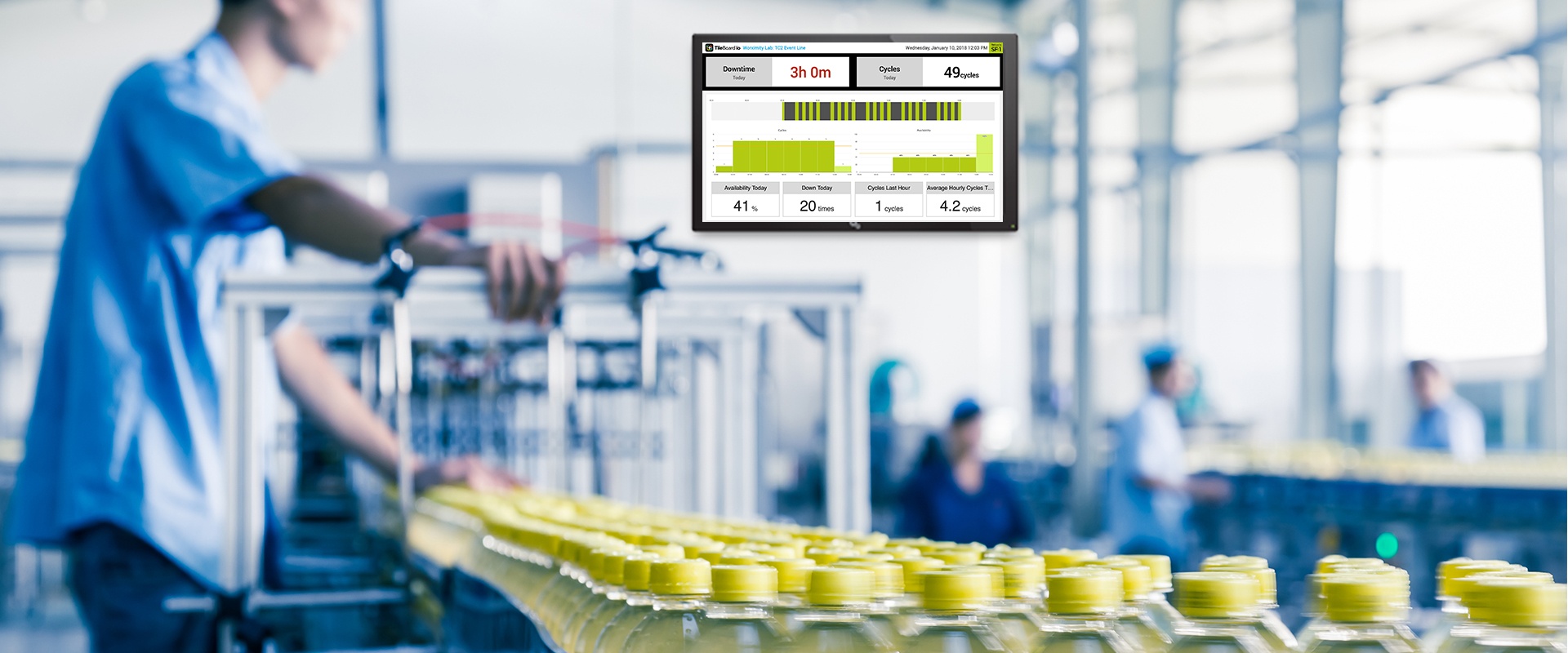As more businesses seek to become more efficient by lowering operational costs, reducing downtime, and driving up productivity, they need to understand the benefits of implementing the Industrial Internet of Things.
The IIoT provides a platform for real-time connectivity, pervasive sensing, and technological platforms (in terms of apps) for many different business needs. In fact, 82% of businesses that incorporate smart manufacturing have reported greater efficiency.
In many different industries, manufacturing processes are being revolutionized by increased device connectivity, higher-quality data, and more efficient and cost-effective strategies. In order for your business to keep up, you need a solid and efficient framework for IIoT implementation.
But first, what is the IIoT?
The Industrial Internet of Things can be defined as a network of intelligent devices, computers, and platforms that are capable of collecting, sharing, and analyzing large amounts of data. These smart devices can be placed strategically within manufacturing and industrial plants in order to track performance, energy consumption, and efficiency. Data collected is then aggregated in a cloud system, where it can be interpreted in a useful way to the end user.
The IIoT helps industries become more automated, with the goal of improving processes through scalability, device connectivity, and time and cost savings.
Strategies for implementing the IIoT
As previously mentioned, the IIoT requires a solid and dependable framework. Here are ways in which you can implement the IIoT in order to become more efficient on a daily basis.
1. Specify your key objectives
Before integrating an interconnected IIoT infrastructure into your manufacturing processes, you need to establish your key objectives. Decide on specific benchmarks that you want to improve on, and how you will measure progress along the way.
Many managers tend to view Industrial Internet of Things implementation as a complex data architecture involving business-wide investments. While this may be true in some cases, a more strategic approach that is centered around specific objectives can lead to greater efficiency. Using affordable and easy-to-implement technologies can allow you to connect your devices while avoiding high implementation costs.
The key is to begin by defining a specific business problem, such as frequent equipment downtimes. The IIoT can then be implemented flexibly and strategically to address that particular problem. IIoT technologies come in flexible options, allowing for more targeted implementation, while providing a channel for scalability and improved connectivity in the future.
2. Use plant-floor technologies
Plant-floor technologies (such as sensors and valves) monitor industrial processes and production lines in real time. You can use these technologies to continuously monitor the state of your industrial equipment through measuring temperature, flow pressure, and valve opening/closing.
Data are then transmitted in real time to an integrated system of applications which enable operators to identify equipment problems in advance and implement predictive maintenance.
Plant-floor technologies, therefore, facilitate the evolution from current resource-intensive maintenance methods to data-supported predictive maintenance strategies. Sensors send alerts to manufacturers when action is necessary, thus preventing costly downtime that is associated with equipment failure.
3. Reduce energy costs
Energy is the largest expense for most manufacturers, and the hardest to keep track of. In fact, 77% of companies get their energy usage information from their monthly utility bills. Such measurements of energy consumption are inefficient, not detailed enough, and sometimes inaccurate.
The Industrial Internet of Things incorporates device connectivity to track energy consumption at the device level. Each machine can be individually tracked and evaluated for waste, inefficiencies, and equipment failures.
4. Collect real-time data from your machines
The IIoT enables you to keep better track of your equipment’s operations, which is critical to improving daily efficiency. The IIoT’s interconnected device network means you can collect real-time data from your machines. For all the industrial process that you’re monitoring, make sure that software applications or control equipment are constantly collecting performance data and relaying them to a centralized source for interpretation.
Your IIoT technologies should relay information to the cloud where constant processing and real-time visibility is provided. This facilitates continuous improvement, reduced costs, and predictive maintenance.
5. Set benchmarks and incorporate best practices
The Industrial Internet of Things uses data from integrated sources, monitoring software, and data analysis processes to identify and establish performance benchmarks for each industrial process. Performances can be compared between similar pieces of equipment in different locations and best practices for process improvement can be implemented.
Setting benchmarks is important to improving efficiency because you can tailor the IIoT applications according to specific standards that you set for your factory. For example, if you want a specific process to be completed in a certain amount of time, sensors and software applications can be used to collect data and monitor progress at each step during the process.
You can then use the collected and interpreted data to identify areas that need improvement in order to meet your specific benchmarks. Remote monitoring of off-site equipment through the inter-connectivity of IIoT devices also enables you to incorporate best practices across different manufacturing sites.
By designing best practices that are based on improved efficiency and reliability, industries can enjoy higher operational standards and lower costs.
6. Identify an IIoT champion for your business
It is important to identify an Industrial Internet of Things champion in your business. He/she should be responsible for coaching the rest of the team, and outlining strategies and benefits of IIoT implementation.
Your IIoT champion should also be in charge of establishing, sharing, and tracking benchmarks and other key performance indicators with the rest of the team, thereby making it easier to develop strategies for reacting to downtimes and improving daily efficiency.
7. Engage your team with intuitive tools
By incorporating intuitive tools through apps and software platforms, IIoT technologies are easy and fun to use. Identify apps that not only improve the connectivity of your devices but also use appropriate data to enhance communication with your team.
By the way, if you are a food and beverage manufacturer in the province of Quebec we invite you to discover the new grant offered by FDTA. Check all the details here.















